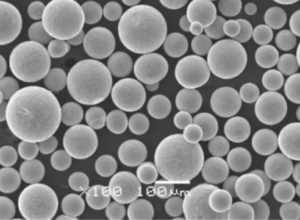Genel Bakış
Yüksek ısı iletkenliğine sahip alaşımlar ısıyı verimli bir şekilde transfer etme yetenekleri sayesinde çeşitli endüstrilerde çok önemlidir. Bu alaşımlar, elektronikten havacılığa kadar çeşitli uygulamalarda aşırı sıcaklıklarla başa çıkmak ve ısı dağılımını kolaylaştırmak için tasarlanmıştır. Peki bu alaşımları bu kadar özel kılan nedir? Şimdi yüksek ısı iletkenliğine sahip alaşımların özelliklerini, bileşimlerini, özelliklerini ve kullanım alanlarını inceleyelim.
Yüksek Isıl İletkenlikli Alaşımların Bileşimi
Yüksek termal iletkenliğe sahip alaşımların büyüsü bileşimlerinde yatar. İstenen termal performansı elde etmek için çeşitli metal tozları harmanlanır. İşte bazı özel metal tozu modellerinin ve benzersiz özelliklerinin bir dökümü:
| Metal Tozu Modeli | Kompozisyon | Termal İletkenlik (W/m-K) | Anahtar Özellikler |
|---|---|---|---|
| Bakır (Cu) | Saf Bakır | 398 | Mükemmel iletkenlik, işlenebilirlik |
| Alüminyum (Al) | Saf Alüminyum | 235 | Hafif, korozyona dayanıklı |
| Gümüş (Ag) | Saf Gümüş | 429 | En yüksek iletkenlik, antimikrobiyal özellikler |
| Altın (Au) | Saf Altın | 318 | Korozyon ve oksidasyona karşı mükemmel direnç |
| Grafit (C) | Karbon | 150-500 | Yüksek termal ve elektriksel iletkenlik, kayganlık |
| Silisyum Karbür (SiC) | SiC | 120-270 | Yüksek sertlik, kimyasal kararlılık |
| Berilyum Oksit (BeO) | BeO | 250 | Yüksek ısı iletkenliği, elektrik yalıtımı |
| Elmas (C) | Karbon | 2000 | Bilinen en yüksek ısı iletkenliği, olağanüstü sertlik |
| Alüminyum Nitrür (AlN) | AlN | 140-180 | Yüksek ısı iletkenliği, elektrik yalıtımı |
| Magnezyum Oksit (MgO) | MgO | 60 | İyi ısı iletkenliği, elektrik yalıtımı |
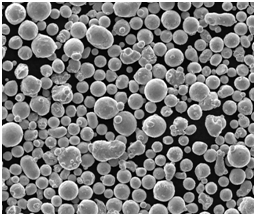
Özellikleri Yüksek Isıl İletkenlik Alaşımları
Bu alaşımların özelliklerinin anlaşılması, belirli uygulamalar için doğru malzemenin seçilmesine yardımcı olur. Bu özellikleri daha ayrıntılı olarak inceleyelim:
- Termal İletkenlik: Etkin ısı transferi sağlayan birincil özellik.
- Korozyon Direnci: Zorlu ortamlarda dayanıklılık için hayati önem taşır.
- Elektriksel İletkenlik: Elektronik bileşenleri içeren uygulamalar için önemlidir.
- Mekanik Dayanım: Malzemenin fiziksel gerilimlere dayanabilmesini sağlar.
- Dövülebilirlik ve Süneklik: Malzemeyi istenen formlara sokmak ve şekillendirmek için gereklidir.
Detaylı Özellikler Tablosu
| Alaşım | Termal İletkenlik | Elektriksel İletkenlik | Korozyon Direnci | Mekanik Dayanım | İşlenebilirlik |
|---|---|---|---|---|---|
| Bakır (Cu) | Yüksek | Mükemmel | Orta düzeyde | Yüksek | Mükemmel |
| Alüminyum (Al) | Yüksek | İyi | Mükemmel | Orta düzeyde | İyi |
| Gümüş (Ag) | En yüksek | Mükemmel | İyi | Orta düzeyde | İyi |
| Altın (Au) | Yüksek | Mükemmel | Mükemmel | Yüksek | İyi |
| Grafit (C) | Değişken | İyi | İyi | Orta düzeyde | Orta düzeyde |
| Silisyum Karbür (SiC) | Orta düzeyde | Zayıf | Mükemmel | Yüksek | Zayıf |
| Berilyum Oksit (BeO) | Yüksek | Zayıf | İyi | Yüksek | Zayıf |
| Elmas (C) | En yüksek | Mükemmel | Mükemmel | En yüksek | Zayıf |
| Alüminyum Nitrür (AlN) | Yüksek | Zayıf | İyi | Orta düzeyde | Zayıf |
| Magnezyum Oksit (MgO) | Orta düzeyde | Zayıf | İyi | Orta düzeyde | Zayıf |
Yüksek Isıl İletkenlikli Alaşımların Uygulamaları
Bu alaşımlar, benzersiz özellikleri nedeniyle çeşitli sektörlerde vazgeçilmezdir. İşte farklı sektörlerin bu malzemelerden nasıl yararlandıkları:
| Endüstri | Uygulama | Kullanılan Alaşım | Neden |
|---|---|---|---|
| Elektronik | Isı alıcıları, PCB alt tabakaları | Bakır, Alüminyum, Alüminyum Nitrür | Yüksek ısı iletkenliği, iyi elektriksel özellikler |
| Havacılık ve Uzay | Termal kalkanlar, motor bileşenleri | Titanyum alaşımları, Silisyum Karbür | Yüksek mukavemet/ağırlık oranı, ısı direnci |
| Otomotiv | Motor parçaları, fren bileşenleri | Alüminyum, Bakır, Grafit | Hafif, verimli ısı dağılımı |
| Tıbbi Cihazlar | Görüntüleme ekipmanları, implantlar | Altın, Gümüş, Berilyum Oksit | Biyouyumluluk, yüksek iletkenlik |
| Enerji | Güneş panelleri, güç elektroniği | Bakır, Grafit, Silisyum Karbür | Yüksek iletkenlik, dayanıklılık |
| Telekomünikasyon | Mikrodalga cihazları, antenler | Bakır, Alüminyum, Elmas | Verimli ısı dağılımı, elektriksel özellikler |
| Tüketici Elektroniği | Akıllı telefonlar, dizüstü bilgisayarlar | Bakır, Alüminyum, Grafit | Isı yönetimi, hafif |
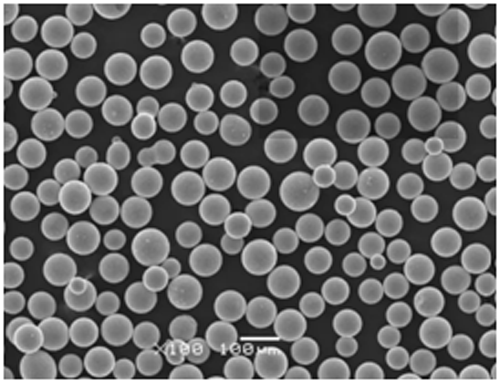
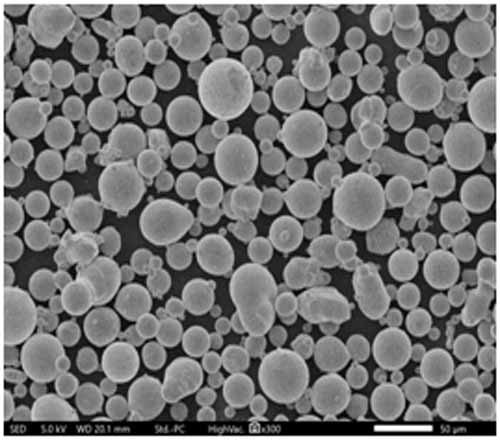
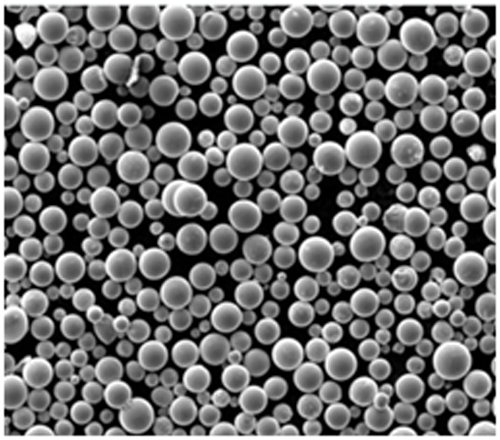
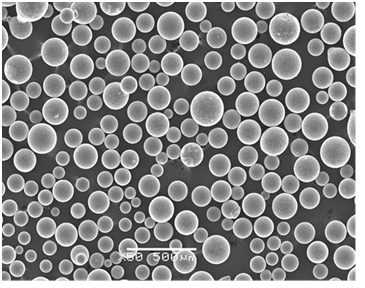

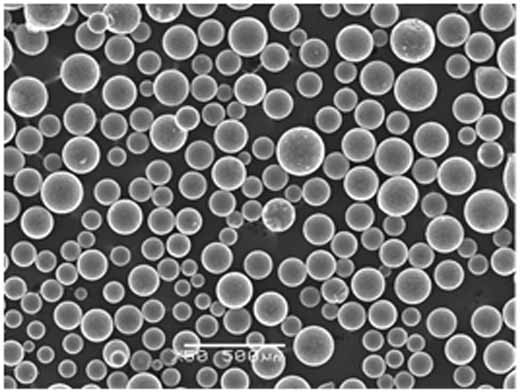
Spesifikasyonlar, Boyutlar, Kaliteler ve Standartlar
Seçerken yüksek isi i̇letkenli̇kli̇ alaşimlarbelirli uygulamalarla uyumluluğu sağlamak için teknik özellikleri, boyutları, kaliteleri ve standartları dikkate almak çok önemlidir.
Teknik Özellikler Tablosu
| Alaşım | Sınıf | Boyut (mm) | Standart |
|---|---|---|---|
| Bakır (Cu) | C11000 | 1-100 | ASTM B152 |
| Alüminyum (Al) | 6061 | 0.5-150 | ASTM B209 |
| Gümüş (Ag) | 999 | 0.1-50 | ASTM B413 |
| Altın (Au) | 24K | 0.01-25 | ASTM B562 |
| Grafit (C) | HOPG | 0.01-10 | ISO 11439 |
| Silisyum Karbür (SiC) | A | 0.1-20 | ASTM F1892 |
| Berilyum Oksit (BeO) | HP | 0.01-5 | MIL-M-38510 |
| Elmas (C) | Endüstriyel | 0.001-1 | ISO 9001 |
| Alüminyum Nitrür (AlN) | Yüksek Saflık | 0.1-10 | ASTM D333 |
| Magnezyum Oksit (MgO) | Teknik | 0.5-50 | ASTM C572 |
Tedarikçiler ve Fiyatlandırma Detayları
Güvenilir tedarikçiler bulmak ve fiyatlandırmayı anlamak satın alma için çok önemlidir.
Tedarikçiler Tablosu
| Tedarikçi | Mevcut Alaşımlar | Fiyat Aralığı (kg başına) | Konum |
|---|---|---|---|
| Materion | Berilyum Oksit, Alüminyum Nitrür | $500-$1000 | ABD |
| 3M | Silisyum Karbür, Alüminyum | $50-$200 | ABD |
| Hitachi Metaller | Bakır, Grafit | $10-$100 | Japonya |
| Sumitomo Elektrik | Elmas, Altın | $1000-$5000 | Japonya |
| Toyo Tanso | Grafit, Bakır | $20-$150 | Japonya |
| Showa Denko | Alüminyum, Magnezyum Oksit | $15-$120 | Japonya |
| H.C. Starck | Gümüş, Altın | $500-$4000 | Almanya |
| Kennametal | Silisyum Karbür, Bakır | $30-$250 | ABD |
| Rusal | Alüminyum, Bakır | $10-$90 | Rusya |
| Alcoa | Alüminyum, Magnezyum Oksit | $15-$110 | ABD |
Artıları ve Eksileri: Yüksek Isıl İletkenlikli Alaşımların Karşılaştırılması
Doğru alaşımı seçmek, avantajları ve sınırlamaları tartmayı gerektirir. İşte karşılaştırmalı bir analiz:
Avantajlar ve Sınırlamalar Tablosu
| Alaşım | Avantajlar | Sınırlamalar |
|---|---|---|
| Bakır (Cu) | Mükemmel termal ve elektriksel iletkenlik, yüksek süneklik | Oksidasyona eğilimli, alüminyumdan daha ağır |
| Alüminyum (Al) | Hafif, iyi iletkenlik, korozyona dayanıklı | Bakırdan daha düşük ısı iletkenliği |
| Gümüş (Ag) | En yüksek ısı iletkenliği, iyi antimikrobiyal özellikler | Pahalı, kararmaya eğilimli |
| Altın (Au) | Mükemmel korozyon direnci, iyi iletkenlik | Çok pahalı, yumuşak metal |
| Grafit (C) | Yüksek ısı iletkenliği, iyi kayganlık | Kırılgan, yüksek sıcaklıklarda oksitlenebilir |
| Silisyum Karbür (SiC) | Yüksek sertlik, iyi termal kararlılık | Kırılgan, metallere göre daha düşük ısı iletkenliği |
| Berilyum Oksit (BeO) | Yüksek ısı iletkenliği, iyi elektrik yalıtımı | Toz halinde solunduğunda zehirli, kırılgan |
| Elmas (C) | En yüksek termal iletkenlik, aşırı sertlik | Son derece pahalı, birlikte çalışması zor |
| Alüminyum Nitrür (AlN) | İyi ısı iletkenliği, elektrik yalıtımı | Kırılgan, elmastan daha az iletken |
| Magnezyum Oksit (MgO) | İyi termal iletkenlik, uygun maliyetli | Üst iletkenlere kıyasla daha düşük iletkenlik |
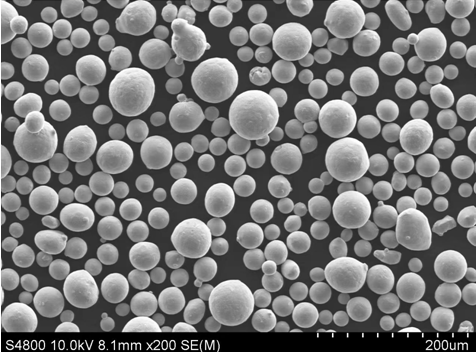
SSS
Sıkça Sorulan Sorular
| Soru | Cevap |
|---|---|
| Isı iletkenliği en yüksek metal hangisidir? | Gümüş, 429 W/m-K termal iletkenliğe sahiptir. |
| Alaşımlarda termal iletkenlik neden önemlidir? | Malzemenin ısıyı verimli bir şekilde aktarma yeteneğini belirler, bu da çeşitli uygulamalarda termal yönetim için çok önemlidir. |
| Isı alıcıları için en iyi alaşım hangisidir? | Bakır ve alüminyum, yüksek ısı iletkenlikleri ve iyi işlenebilirlikleri nedeniyle popüler seçeneklerdir. |
| Yüksek ısı iletkenliğine sahip alaşımlar pahalı mıdır? | Değişkenlik gösterir; altın ve elmas gibi alaşımlar çok pahalıyken alüminyum ve bakır daha uygun fiyatlıdır. |
| Termal iletkenlik nasıl ölçülür? | Metre-kelvin başına watt (W/m-K) birimlerini kullanarak, birim sıcaklık farkı başına birim mesafe başına aktarılan ısı miktarını belirtir. |
| Alaşımlar hem yüksek ısı hem de elektrik iletkenliğine sahip olabilir mi? | Evet, bakır ve gümüş hem yüksek ısı hem de elektrik iletkenliğine sahip alaşımlara örnektir. |
| Yüksek ısı iletkenliğine sahip alaşımların yaygın uygulamaları nelerdir? | Elektronik soğutma, havacılık ve uzay bileşenleri, otomotiv parçaları ve tıbbi cihazlar. |
| Safsızlıklar termal iletkenliği nasıl etkiler? | Safsızlıklar fononları ve elektronları dağıtarak termal iletkenliği azaltabilir. Yüksek saflıktaki malzemeler tipik olarak daha iyi termal performansa sahiptir. |
| Elmas gerçekten en iyi ısı iletkeni midir? | Evet, elmas bilinen en yüksek termal iletkenliğe sahiptir, bu da onu yüksek performanslı ısı dağıtımı uygulamaları için olağanüstü bir malzeme haline getirir. |
| En iyi iletken olmamasına rağmen alüminyum alaşımlarını popüler yapan nedir? | Alüminyum alaşımları hafif, korozyona dayanıklı ve uygun maliyetlidir, bu da onları bakır veya gümüşe kıyasla daha düşük iletkenliklerine rağmen birçok pratik uygulama için uygun hale getirir. |
Sonuç olarak, yüksek isi i̇letkenli̇kli̇ alaşimlar çeşitli uygulamalarda verimli ısı yönetimi sağlayarak modern teknolojide hayati bir rol oynamaktadır. Bileşimlerini, özelliklerini ve uygulamalarını anlamak, bilinçli malzeme seçimine olanak tanıyarak zorlu ortamlarda optimum performans ve uzun ömürlülük sağlar. İster gümüşün benzersiz iletkenliği ister alüminyumun sağlam çok yönlülüğü olsun, bu alaşımlar günümüzün gelişmiş endüstrilerinde yenilik ve işlevsellik sağlamada vazgeçilmezdir.

